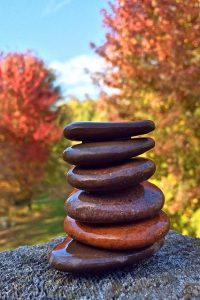The first“CORE” tip I gave was that the “CORE” needs to be “STABLE” in order to functionally use our body/muscle systems.
Today I will show you WHY & HOW we create a stable “CORE”.
When we say “stable core” it really means creating enough pressure in our core region so our body (in this case, our spine) doesn’t break like a twig when we face a large external force. (This is the primary “WHY”)
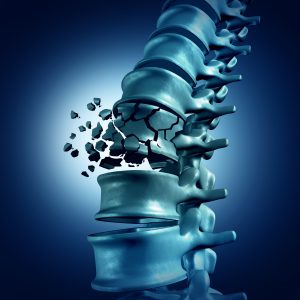
(Don’t worry, this doesn’t happen easily)
Have you seen weight lifters with a huge belt around their core when they squat with heavy weight???
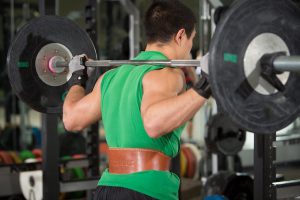
That belt, used to protect you from potential damage, assists you to create that pressure.
This is called, “internal abdominal pressure”
which is,,
EXACTLY the “CORE UNIT”s job!!!
That’s what the “CORE UNIT” does, it protects.
If the “CORE” muscles are working properly, that means the “core region” is stabilized (ready for high demand).
Now, you might think having a strong core is unnecessary for you because you may have no intention in squatting 200lbs.
I will prove you wrong tomorrow.
I will convince you why it is necessary for you to want your “CORE” to be working optimally.

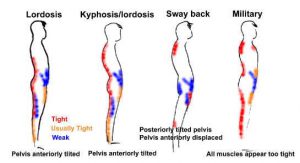 These are all examples of imbalanced muscle use.
These are all examples of imbalanced muscle use.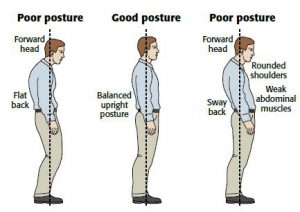
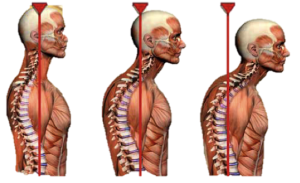
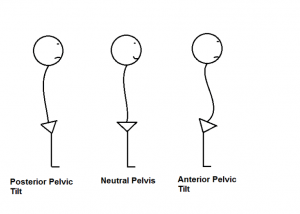
 You might have never tried this, but you can imagine.
You might have never tried this, but you can imagine.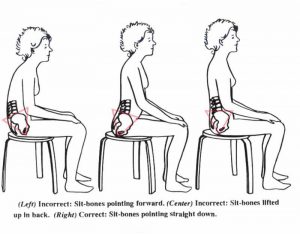 You may say “it is so hard to maintain a good sitting posture for long “.
You may say “it is so hard to maintain a good sitting posture for long “.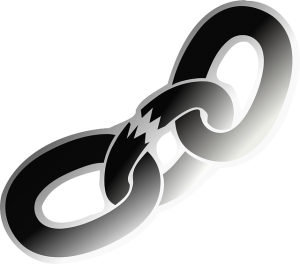 Start thinking how this durable structure (Pelvis) could become compromised by what we may be doing daily and constantly, adding more pressure to those
Start thinking how this durable structure (Pelvis) could become compromised by what we may be doing daily and constantly, adding more pressure to those  You can see in this picture how the
You can see in this picture how the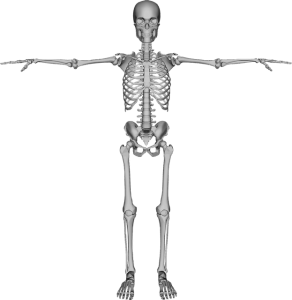
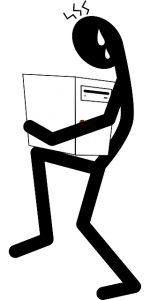 What happens when we take full advantage of things without knowing the consequences?
What happens when we take full advantage of things without knowing the consequences?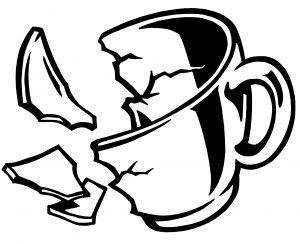


 Awwwww♡
Awwwww♡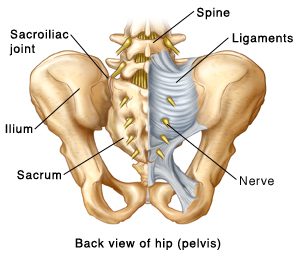
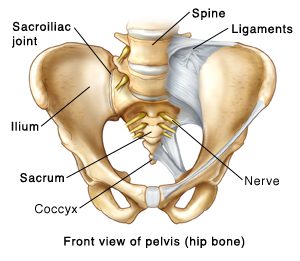
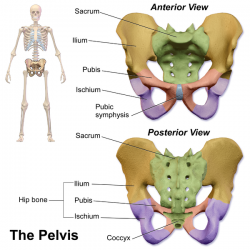
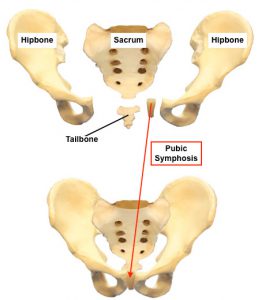 As adults, we are left with a set of
As adults, we are left with a set of 

